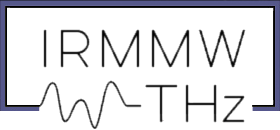
Richard Temkin
Affiliation: Plasma Science and Fusion Center Massachusetts Institute of Technology Cambridge, Massachusetts, USA
Title of speech: Opening, shared with Terry Parker and Peter Siegel: Celebrating the Fiftieth IRMMW-THz Conference
Dr. Richard J. Temkin received the B.A. degree from Harvard College and the Ph.D. from the
Massachusetts Institute of Technology (MIT). Since the completion of a
postdoctoral fellowship at Harvard University in 1974, Dr. Temkin has been a
member of the MIT Physics Dept. and the MIT Plasma Science and Fusion Center.
Dr. Temkin is a Life Fellow of the IEEE, a Fellow of the American Physical
Society and a Fellow of the Institute of Physics, London.
Dr. Temkin’s research interests include vacuum electronics, accelerator physics, high power
microwaves, Terahertz radiation, microwave transmission and the application of
terahertz sources to Dynamic Nuclear Polarization NMR. Dr. Temkin has been the
author or co-author of more than 250 refereed journal articles and three book
chapters. He has been the editor of seven conference proceedings. Dr. Temkin
has served as the Associate Editor of the IEEE Transactions on Electron
Devices, Associate Editor of the Journal of Infrared, Millimeter and Terahertz
Waves and as a Board Member of the Physical Review.
Dr. Temkin has been the recipient of the IEEE John R. Pierce Award for Excellence in Vacuum
Electronics, the IEEE Plasma Science and Applications Award, the Kenneth J.
Button Prize and Medal of the Institute of Physics, the Exceptional Service
Award of the Intl. Soc. IRMMW and THz Waves, the Robert L. Woods Award for
Vacuum Electronics, a Certificate of Recognition from the IEEE Electron Device
Society and a Certificate of Merit from the U. S. Department of Energy and the
ITER Program.
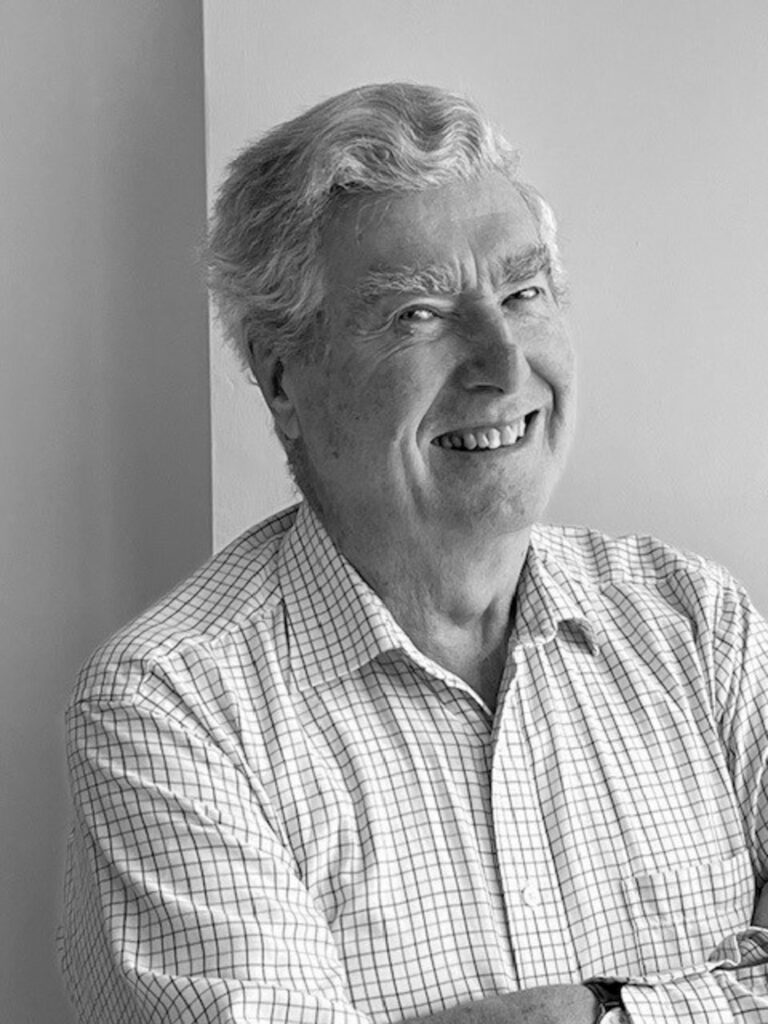
Terry Parker
Affiliation: University of Essex, United Kingdom
Title of speech:
Opening, shared with Richard Temkin and Peter Siegel: Celebrating the Fiftieth IRMMW-THz Conference
Terry Parker is Emeritus Professor of Physics at the University of Essex in Colchester, UK, where he was Professor of Physics from 1991 until his retirement in 2005, and he is a Fellow of the Institute of Physics (IOP). He received the BSc and PhD degrees from the University of London, and for the first 25 years of his career he worked at various colleges in the University of London, apart from periods of a year or two at Northern Electric Research Labs in Ottawa, Ontario, Guest Worker at the National Physical Laboratory in Teddington, UK, the Battelle Memorial Institute in Geneva, and Senior Fulbright Scholar and Visiting Professor of Physics at Northeastern University in Boston, MA. He has also been Visiting Professor of Physics in Cardiff and at several universities in China.
His research was focused on novel aspects of Fourier transform spectroscopy, such as dispersive Fourier transform spectroscopy, (DFTS), attenuated total reflection spectroscopy (ATR), and polarised oblique incidence reflection spectroscopy, which he used to study bulk, surface and interface phonon, plasmon and magnetic modes in a wide range of solids. These included simple ionic solids, bulk and low dimensional semiconductors, ferroelectrics, insulating and conducting magnetic materials (which require radically different experimental approaches), and wire grids for use as optical components in polarising interferometers and other far infrared applications. He has published about 225 papers on this work.
In the UK he was a member of the committee of the Spectroscopy Group of the IOP from 1978-1987, and chair from 1983-1987. In this conference series, he has been conference chair twice in Colchester, co-chair in Cardiff, chair of the IOC from 2002 to 2005, chair of the Kenneth J Button Prize Committee for 15 years, and is chair of the 50 Year Anniversary Committee at this conference. He received a commendation from the then Institution of Electrical Engineers (IEE) in 1982 for developing a communication aid to enable people with lock-in syndrome (total paralysis) to operate a computer by blinking, a project unrelated to his professional work, but using techniques he had acquired along the way, a UK National Physical Laboratory Metrology Award in 1987 for proposing a method for the absolute measurement of reflectivity, and he has received the Kenneth J Button Prize and the Exceptional Service Award from this conference community.
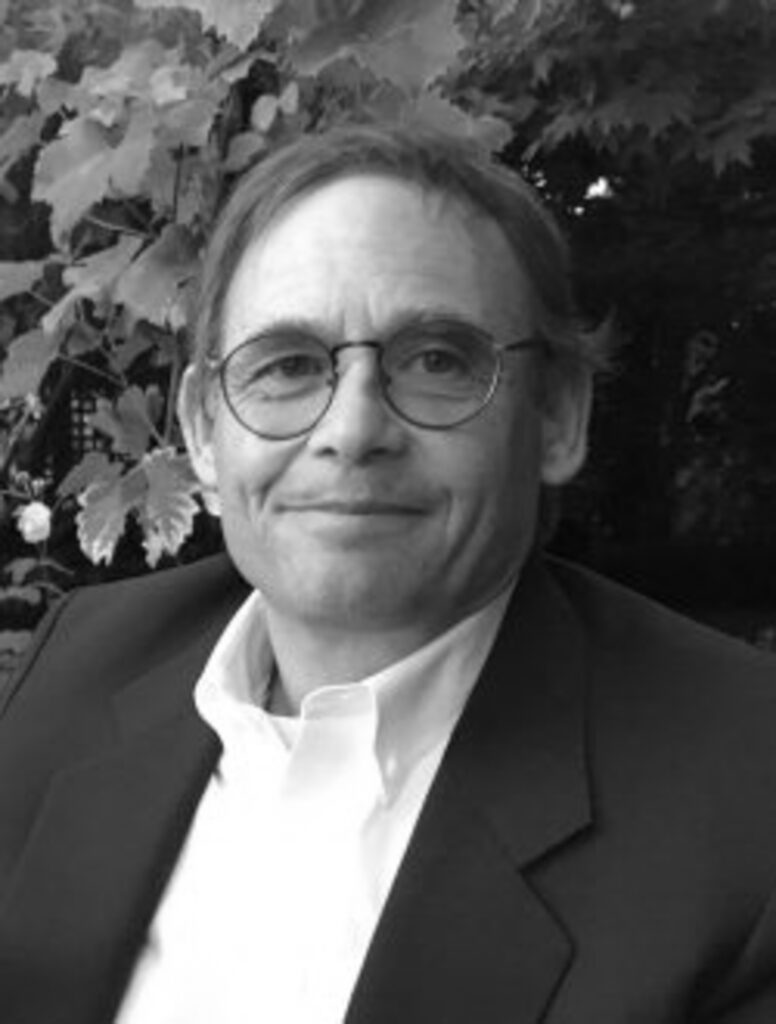
Peter Siegel
Affiliation: CEO of THz Global and founding member of Cover AI
Title of speech: Opening, shared with Richard Temkin and Terry Parker: Celebrating the Fiftieth IRMMW-THz Conference
Peter H. Siegel, (Life Fellow, IEEE) holds a B.A.
in astronomy from Colgate University (1976), an M.S. in physics (1978), and a
Ph.D. in electrical engineering (1983) from Columbia University. Over a
distinguished 48-year career in terahertz science and technology, he has held
appointments at NASA Goddard Institute for Space Studies, the National Radio
Astronomy Observatory, the NASA Jet Propulsion Laboratory (JPL), and California
Institute of Technology.
At JPL, he
founded and led the Submillimeter Wave Advanced Technology (SWAT) Team,
delivering components for major satellite missions and leading over 75 R&D
programs for NASA and the U.S. Department of Defense for more than 20 years.
His work at Caltech also extended to THz applications in biology and medicine.
Currently, Peter serves as CEO of THz Global, a small consulting company and he
is a founding member of Cover AI, a start-up company working on commercializing
THz radar instrumentation for covert weapons screening in US school
systems.
Peter has published 300+ articles, holds 10 patents, and has delivered 250+
invited talks. Recognized with 75 NASA awards and the 2018 IEEE MTT-S Microwave
Applications Award. He is the founder of the International Society of Infrared,
Millimeter, and Terahertz waves and he has served as Founding Editor-in-Chief
for the IEEE Transactions on Terahertz Science and Technology and the IEEE
Journal of Microwaves.
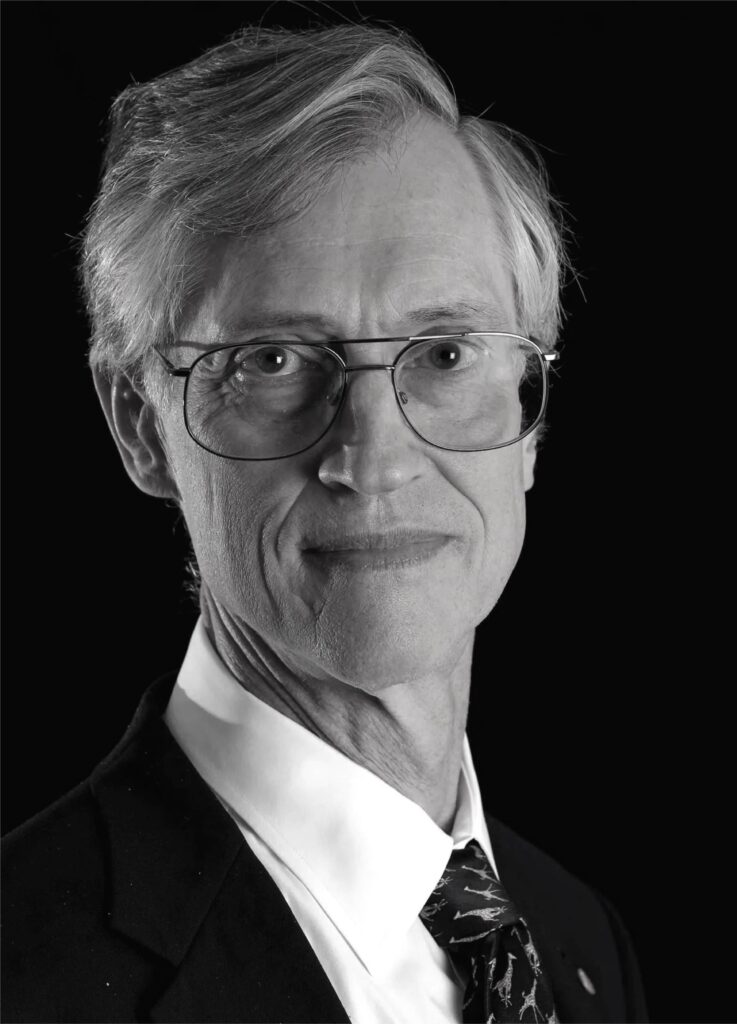
John C. Mather
Title: From the Big Bang to quantum everything to Life
Dr. John C. Mather is a Senior Astrophysicist in the Observational Cosmology Laboratory at NASA’s Goddard Space Flight Center. His research centers on infrared astronomy and cosmology. As an NRC postdoctoral fellow at the Goddard Institute for Space Studies (New York City), he led the proposal efforts for the Cosmic Background Explorer (74-76), and came to GSFC to be the Study Scientist (76-88), Project Scientist (88-98), and also the Principal Investigator for the Far IR Absolute Spectrophotometer (FIRAS) on COBE. He showed that the cosmic microwave background radiation has a blackbody spectrum within 50 ppm. As Senior Project Scientist (95-present) for the James Webb Space Telescope, he leads the science team, and represents scientific interests within the project management. He has served on advisory and working groups for the National Academy of Sciences, NASA, and the NSF (for the ALMA, the Atacama Large Millimeter Array, and for the CARA, the Center for Astrophysical Research in the Antarctic). He has received many awards including the Nobel Prize in Physics, 2006, for his precise measurements of the cosmic microwave background radiation using the COBE satellite.
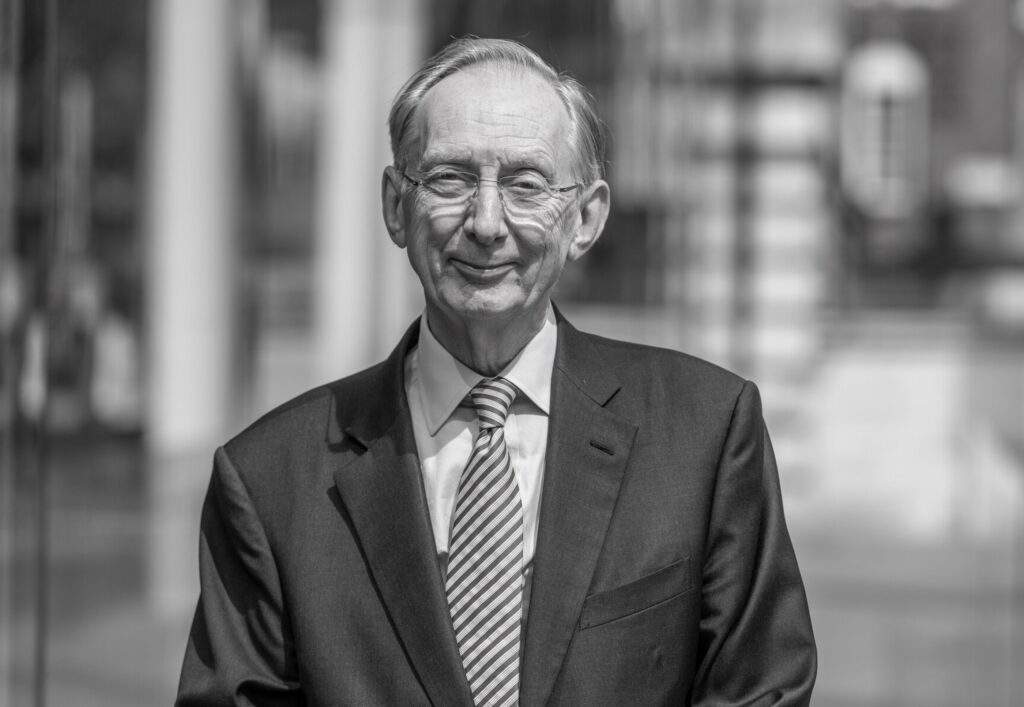
John Pendry
Affiliation: Imperial College London, United Kingdom
Title: TeraWatt Pulses Structure Metamaterials in Time
TBA
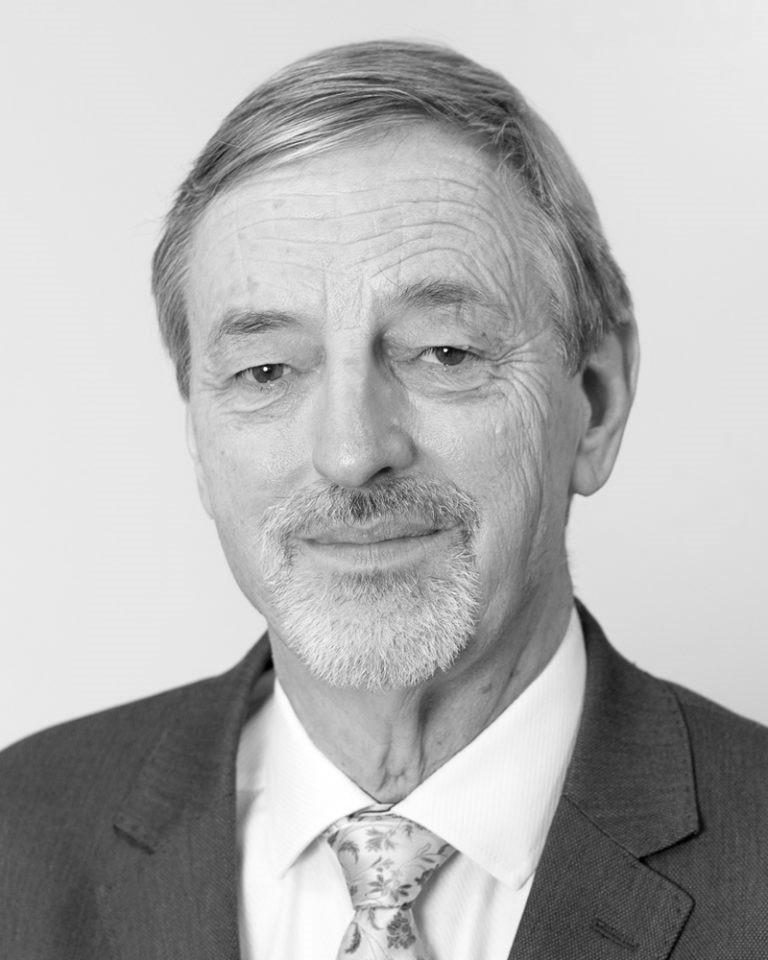
Tony Donne
Affiliation: Emeritus director of the European research consortium EUROfusion and Professor at Eindhoven University of Technology
Title: A Brief History and Evolution of Electron Cyclotron Emission Imaging (ECEI) Systems
TBA
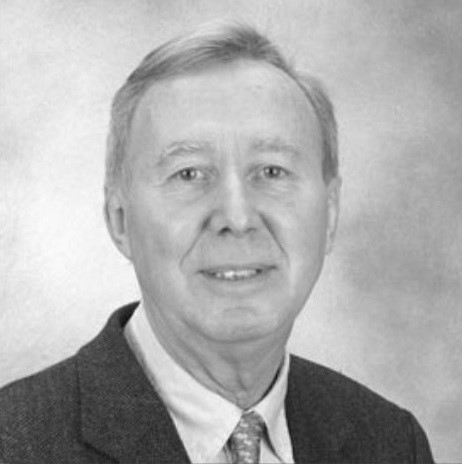
Thijs de Graauw
Kenneth J Button Award 2025 Winner
Affiliation: Atacama Large Millimeter/submillimeter Array (ALMA)
TopicThe cybernetics between IRMMW-THz Science and IRMM-THz Astronomy
TBA

Nuria Llombart
Affiliation: Delft University of Technology, Delft, CD, The Netherlands
Topic: THz Antennas
TBA
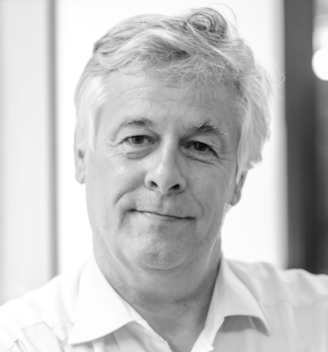
Martin Koch
Affiliation: Department of Physics Philipps-Universität Marburg Renthof 5, Marburg, Germany
Topic: THz time-domain spectroscopy: the early years
TBA
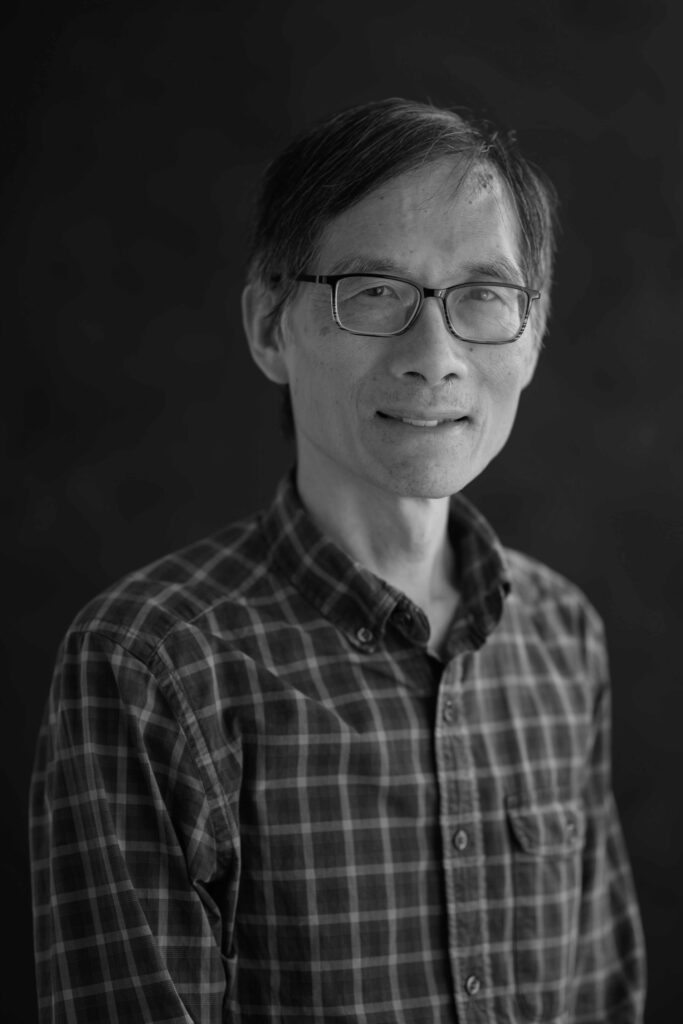
Cheuk-Yu Edward Tong
Affiliation: Center for Astrophysics Harvard & Smithsonian
Title: The March towards a Panchromatic Heterodyne Receiver System Stretching from 85 to 700 GHz
Dr. Cheuk-Yu Edward Tong received the B.S. degree in electrical engineering from the University of Hong Kong and the Ph.D. degree in physics from the University of Joseph Fourier, Grenoble, France, while conducting graduate research at the Institut de Radio Astronomie Millimétrique (IRAM). He was a Postdoctoral Fellow with the Applied Superconductivity Research Group, Communications Research Laboratory, Tokyo, Japan, (presently known as NICT). In the past 35 years, he has been working at the Center for Astrophysics | Harvard & Smithsonian, Cambridge, MA, USA. Dr. Tong is the principal architect of the superconducting receiver instrumentation for the Submillimeter Array, a submillimeter interferometer on Mauna Kea, Hawaii. He was also a pioneer in THz radio-astronomy, having successfully operated the world’s first ground-based heterodyne receiver above 1 THz. His research interests include superconducting receivers, ultra-wide band receiver systems, space VLBI receivers for black hole observations and microwave measurement methods.
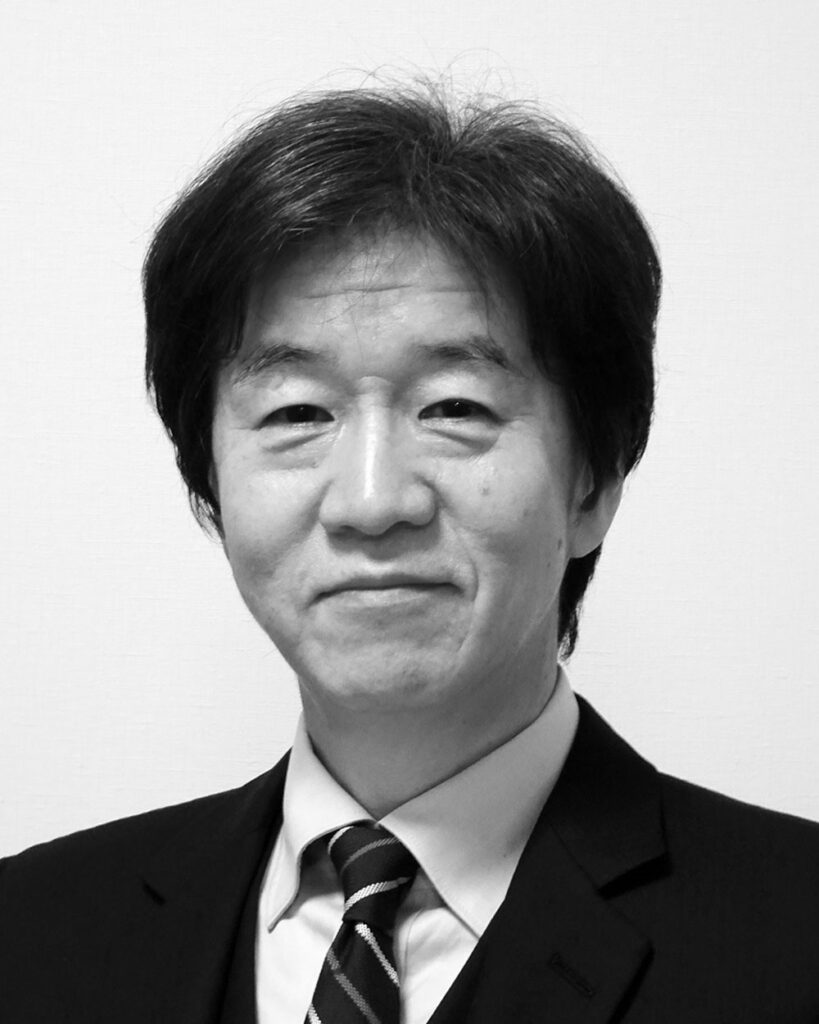
Tadao Nagatsuma
Affiliation: The University of Tokyo
TOPIC: The Evolution and Future of Terahertz Communications: What to Expect in the Next 10 Years
Tadao Nagatsuma received Ph.D. degree in
electronic engineering from Kyushu University, Fukuoka, Japan, in 1986. From
1986 to 2007, he was with Nippon Telegraph and Telephone Corporation, NTT,
Kanagawa, Japan. From 2007 to 2024, he was a Professor of the Graduate School
of Engineering Science, and The Institute of Scientific and Industrial Research
at Osaka University. He is a Professor Emeritus of Osaka University, and is now
with The Institute for Photon Science and Technology of the Graduate School of
Science at The University of Tokyo. His research interests include millimeter-wave
and terahertz photonics and their applications to wireless communications,
sensing, and measurement. He is a Fellow of the IEEE, and a Fellow of the
Institute of Electronics, Information and Communication Engineers, IEICE, Japan.
He serves as a President of the Terahertz Systems Consortium, Japan, and Past-Vice
President of the IEICE.
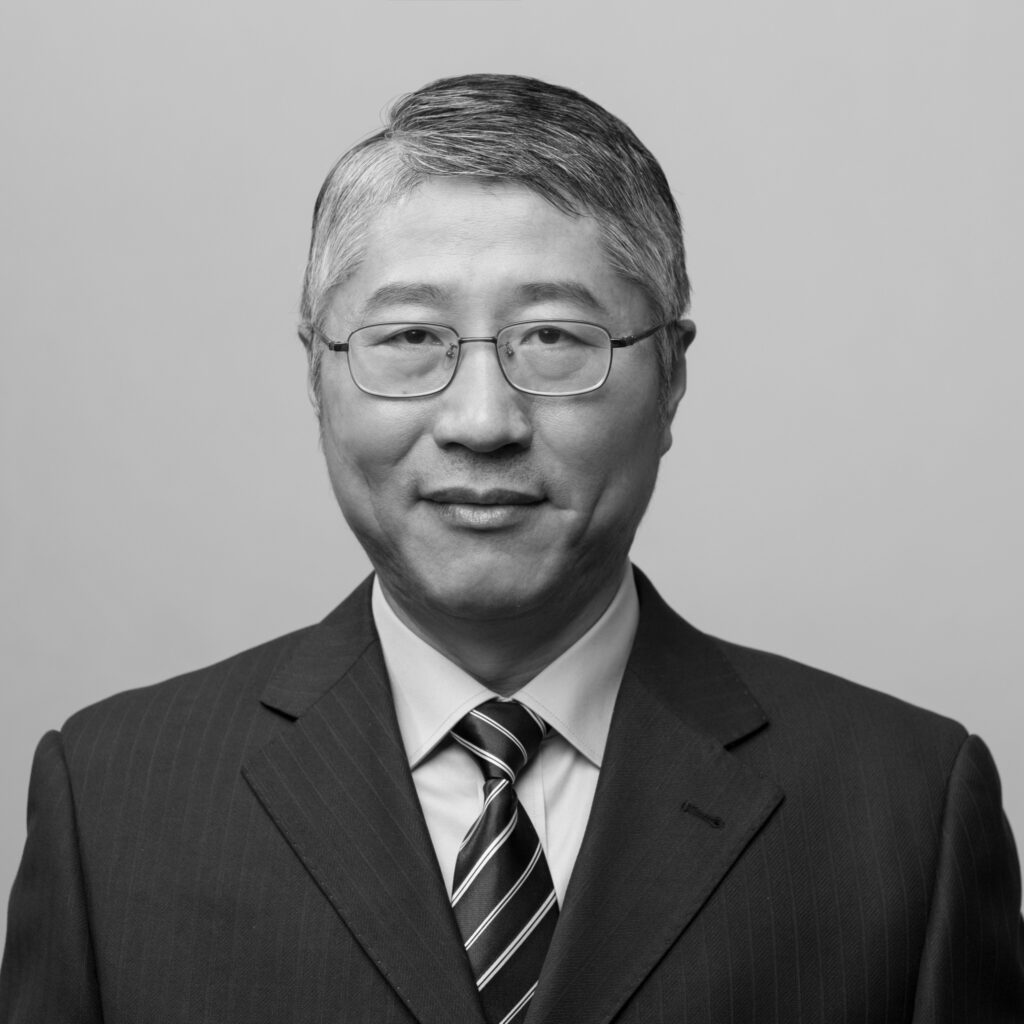
Yutong Li
Affiliation:
Beijing National Laboratory for Condensed Matter Physics, Institute of Physics, Chinese Academy of Sciences
Title: Generation and applications of strong terahertz bursts driven by high-intensity laser pulses
Yutong Li is the professor, Director of the Key Laboratory of Optical Physics, the Institute of Physics, CAS. His current research interests include the inertial confinement fusion, intense laser-driven strong THz radiation generation and applications. He has published more than 200 papers in peer-reviewed journals. He has won awards including Young and middle-aged leading science and technology innovation talents; Winner of the National Science Fund of China for Distinguished Young Scholars; Second Class Prize of National Natural Science Award, etc.
